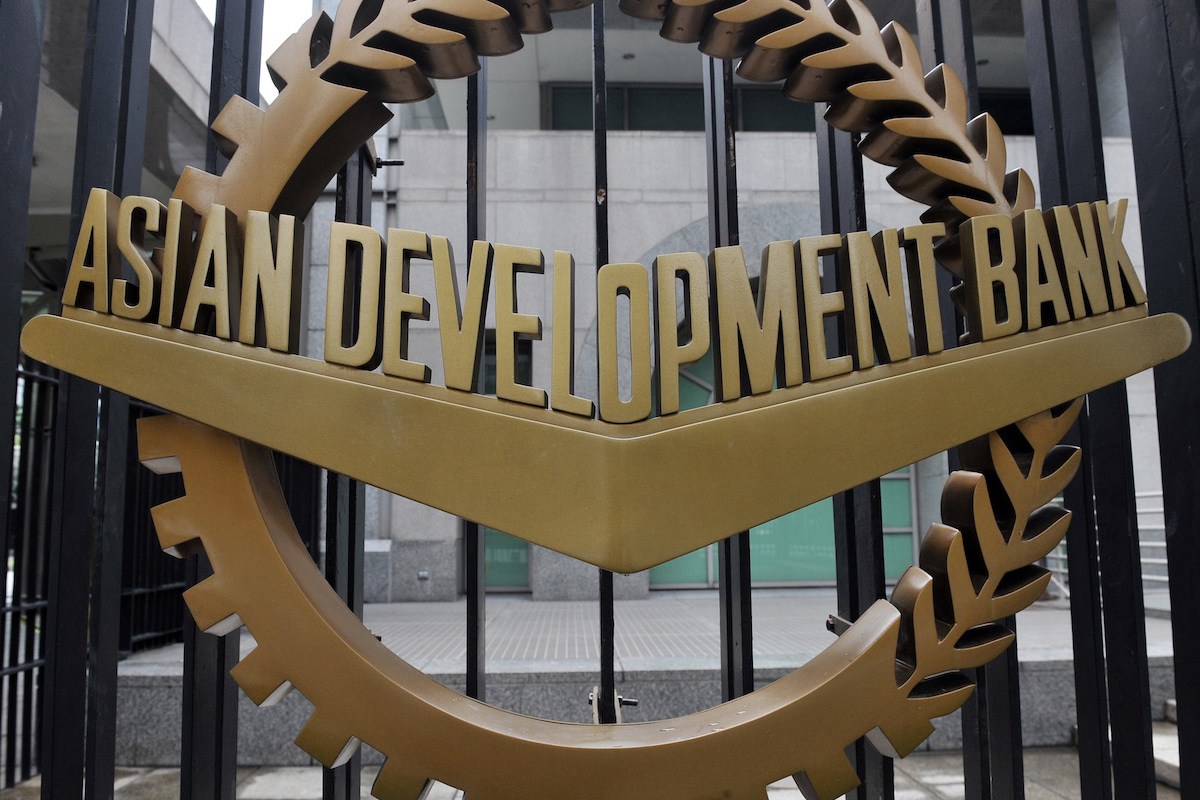Foreign investors selling Indian equities due to ‘profit booking’: Nirmala Sitharaman
Union Finance Minister Nirmala Sitharaman Monday said the foreign institutional investors (FII) are selling Indian equities lately due to the profit booking.
The ADB expects that the inflation to fall in the remainder of FY2020 to 4.5 per cent with tamed food prices and decreased economic activity.

The growth outlook remains highly vulnerable to either a prolonged outbreak or a resurgence of cases. (Photo: AFP)
India’s economic growth is expected to contract by 9 per cent this fiscal as against 4 per cent forecast in June as the economy continues to reel under Covid-19 pandemic, Asian Development Bank (ADB) said on Tuesday.
ADB joins a host of major rating agencies which have recently revised their forecasts to further contract India’s economy. S&P Global Ratings on Monday slashed its FY21 growth forecast for India to (-) 9 per cent, from (-) 5 per cent estimated earlier, saying that rising COVID-19 cases would keep private spending and investment lower for longer.
Advertisement
Last week, two other global rating agencies Moody’s and Fitch projected the Indian economy to contract 11.5 per cent and 10.5 per cent respectively in the current fiscal. However, Goldman Sachs has estimated the contraction at 14.8 per cent.
Advertisement
In its Asian Development Outlook (ADO) 2020 Update, ADB forecasts “a strong recovery for the economy in FY2021, with GDP to grow by 8.0 per cent as mobility and business activities resume more widely.“
“India imposed strict lockdown measures to contain the spread of the pandemic and this has had a severe impact on economic activity,” said ADB Chief Economist Yasuyuki Sawada.
“It is crucial that containment measures, such as robust testing, tracking, and ensuring treatment capacities, are implemented consistently and effectively to stop the spread of COVID-19 and provide a sustainable platform for the economy’s recovery for the next fiscal year and beyond,” he added.
The growth outlook remains highly vulnerable to either a prolonged outbreak or a resurgence of cases, with the country now having one of the highest number of COVID-19 cases globally. India recorded 4.93 million cases as of September 15, whereas the US leads with 6.57 million cases.
“Other downside risks include increasing public and private debt levels that could affect technology and infrastructure investment, as well as rising nonperforming loans caused by the pandemic that could further weaken the financial sector and its ability to support economic growth.”
Government initiatives to address the pandemic, including the rural employment guarantee program and other social protection measures, will aid rural incomes protecting the vulnerable people, but private consumption may continue to suffer.
“Investment is also expected to contract as investors remain deterred by heightened risks and uncertainties. The fiscal deficit is expected to rise significantly in FY2020 as government revenues fall and expenditures rise,” it said.
The government also introduced reforms in response to the COVID-19 pandemic focusing on enhancing agriculture markets, upgrading industrial park infrastructure, and implementing the National Infrastructure Pipeline.
“These efforts will promote foreign investment, incentivize global supply chains to reallocate to India, and create manufacturing hubs across the country. Financial support to low-income groups and small businesses can also help revive the economy in a more inclusive way,” the report said.
The ADB expects that the inflation to fall in the remainder of FY2020 to 4.5 per cent with tamed food prices and decreased economic activity, and then further decline to 4.0 per cent in FY2021.
“India’s current account deficit is forecast to shrink to 0.3 per cent of GDP this fiscal year, then widen to 0.6 per cent of GDP in FY2021 with exports expected to recover as global growth rebounds.”
For Developing Asia, ADB forecasts a 0.7 per cent decline in the GDP in 2020. The contraction this year would be the first since 1962.
China is however forecast to buck the trend with a 1.8 per cent growth this year. Its growth is forecast to accelerate to 7.7 per cent in 2021.
Developing Asia excludes advanced nations like Japan.
Advertisement